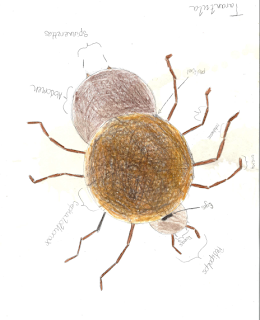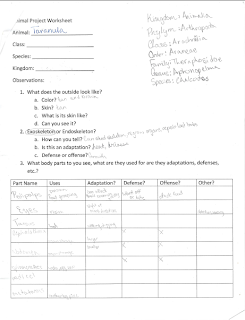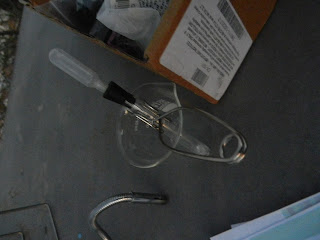In the past few weeks,
we've made ginger ale.
Start by making a ginger
bug:
Ingedients: 1 fresh
ginger root, 1/2 cup white granulated sugar, two cups of water, and a quart
sized mason jar
Instructions:
1) Slice a 1.5 inch long
ginger root piece and peel the root grate it to make grated ginger.
2) Put the grated ginger
in the mason jar and add sugar in the equivalent amount.
3) Add the two cups of
water.
4) Put a breathable lid
on the jar.
5) Daily for five days,
add a tablespoon of both the sugar and the grated ginger.
6) After adding, stir
it in with a nonmetal spoon, and cover.
7) The culture can be
verified active if bubbles form at the top and it fizzes.
8) Do not allow the
culture to cross contaminate.
Now start the actual
ginger ale part:
Ingredients: 2 in. piece
of fresh minced ginger root, ½ cup sugar, 1 tbs molasses,1/2 cup lemon juice, 8
cups of filtered water, ½ tsp of sea salt.
Instructions:
1) Make a ginger wort by
boiling 3 cups of water, the minced ginger root, sugar, molasses, and salt in a
saucepan.
2) Let the mixture
simmer for five or so minutes as long as the sugar is entirely dissolved.
3) Remove the mixture
from heat and add the water, then allow it to cool to room temperature.
4) Add lemon juice to
the mixture.
5) Place the mixture in
the 2 quart jar and tightly place the lid after stirring the mixture.
6) Set it on the counter
for two or three days for the carbonation and fermentation to set it.
7) Strain the mixture
before drinking it.
Our Experience:
The ginger can become
overbearing but is better when refrigerated. This come out to be more flavorful
than store-bought.
Credit to: Wellness Mama
for the recipes.








